Images: Stunning Fish X-rays
Viper Moray

A travelling Smithsonian exhibit set to debut in New Haven, Conn. in July reveals the insides of fish in a whole new light. This is a moray eel, a major predator on coral reefs. The image reveals a second set of "jaws" in the eel's throat. These are the gill arches, which support the eel's gills. All fish have gill arches.
Crisscross Prickleback

This crisscross prickleback was preserved in 1910, but the details of its skeleton are still precise 100 years later. These fish live in the Eastern Pacific in rocky intertidal areas, where they snack on crustaceans and mollusks.
Torrent Loach
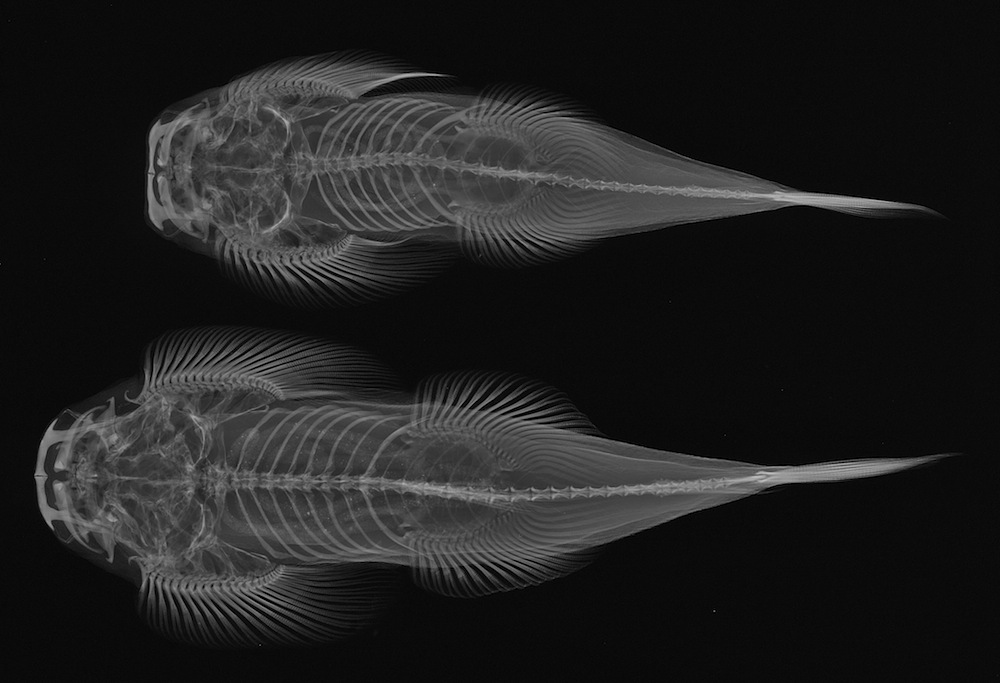
Not a leech, but a loach: These fish cling to rocks with the crescent-shaped fins on their undersides, keeping them in place in their fast-moving stream habitat.
Wedge-tail Triggerfish
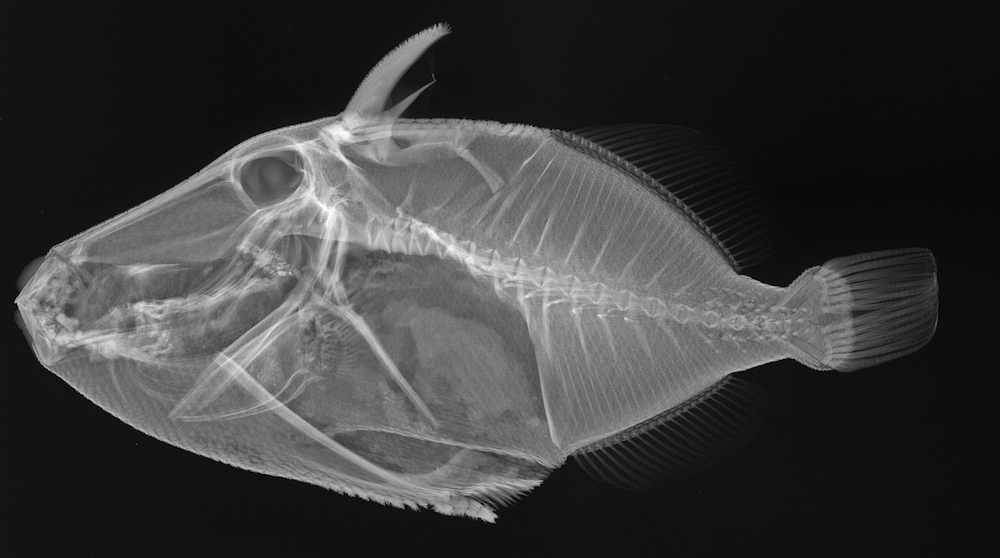
You can call it a wedge-tail triggerfish, or you can do as the Hawaiians do and call it "Humuhumunukunukuapua'a." This reef fish erects its doral spines when threatened, the smaller, shorter spine locking the first into place. When threatened, the fish wedges itself into reef rocks with this quick-deploy system.
Dhiho's Seahorse
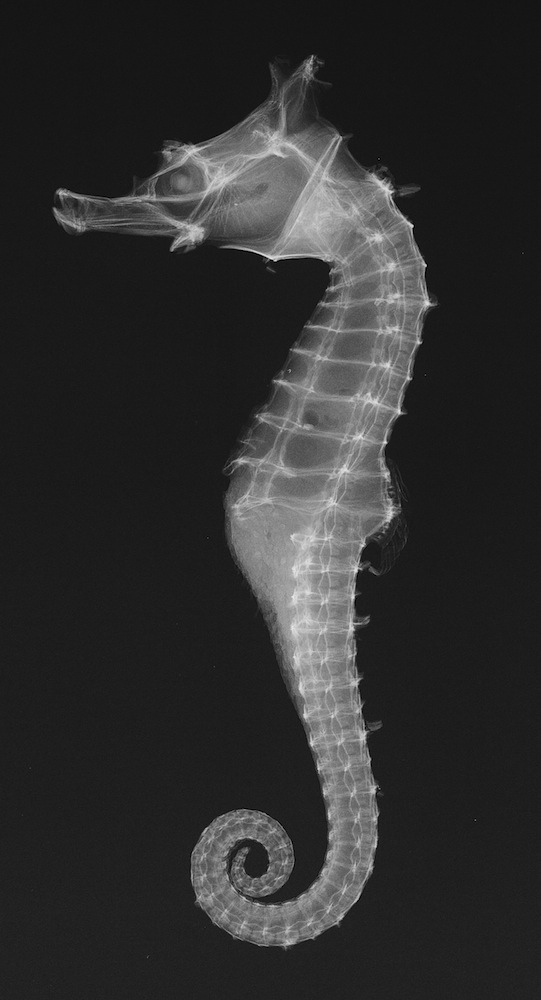
This Japanese seahorse is just over one inch (2.5 cm) long. Its curly tail can anchor the seahorse to algae or coral.
Lookdown Fish
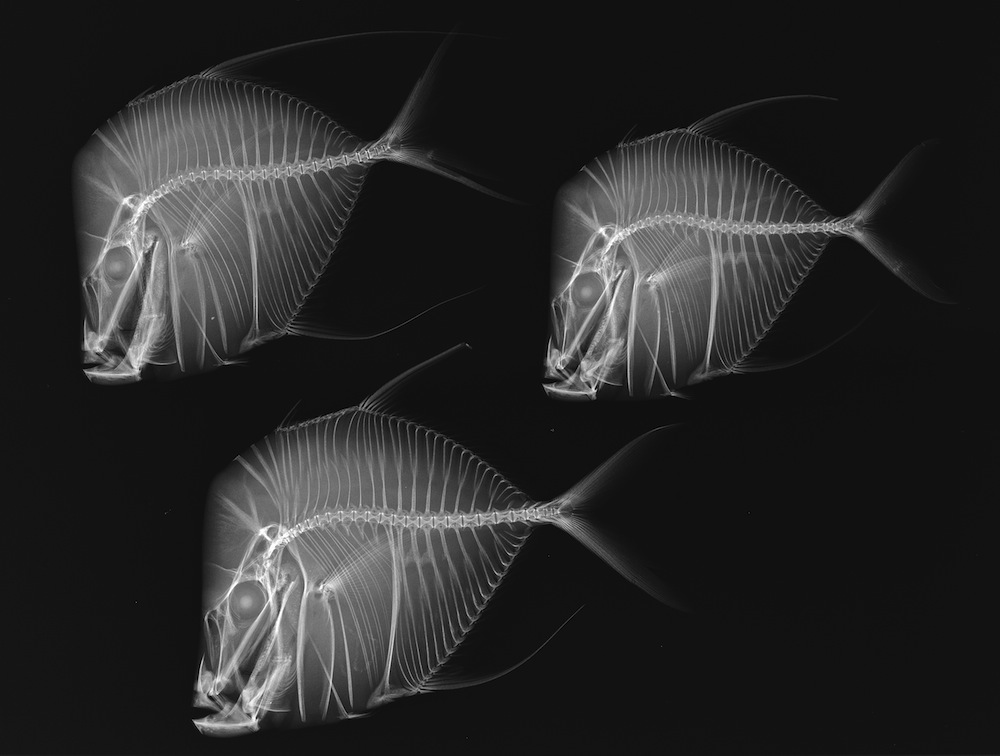
It's not hard to see where this fish gets its name. A sloped head makes the lookdown fish look like it's always, well, looking down. Lookdowns like shallow waters in the western Atlantic.
Long-spine Porcupine
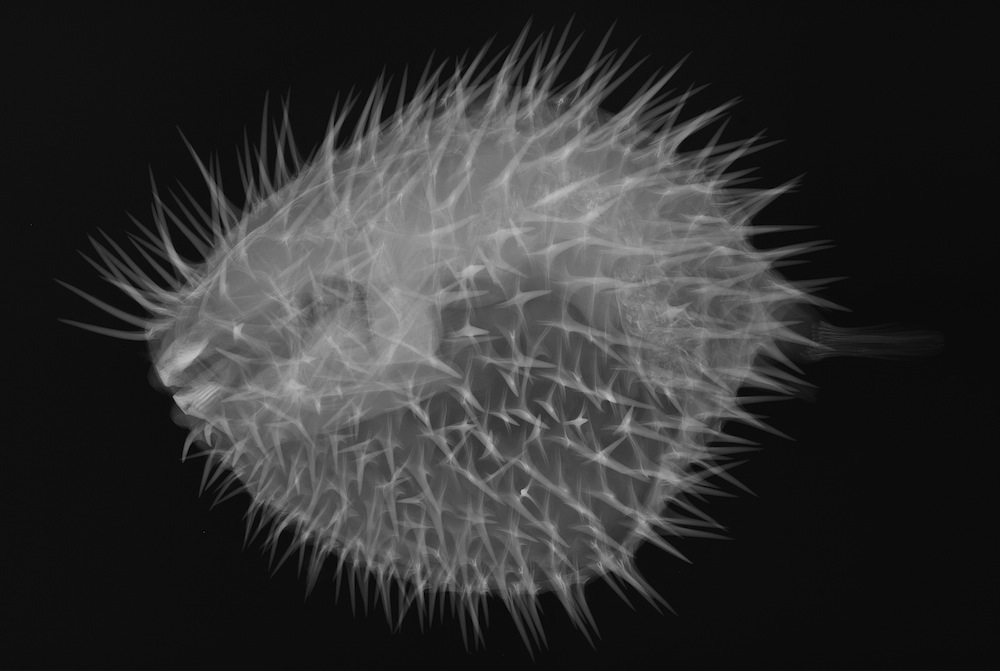
Yeowch! When threatened, the long-spined porcupine fish pumps its body full of water, becoming a thoroughly unappetizing pincushion. When the fish relaxes, the spines lay flat against its body.
Get the world’s most fascinating discoveries delivered straight to your inbox.

Stephanie Pappas is a contributing writer for Live Science, covering topics ranging from geoscience to archaeology to the human brain and behavior. She was previously a senior writer for Live Science but is now a freelancer based in Denver, Colorado, and regularly contributes to Scientific American and The Monitor, the monthly magazine of the American Psychological Association. Stephanie received a bachelor's degree in psychology from the University of South Carolina and a graduate certificate in science communication from the University of California, Santa Cruz.


